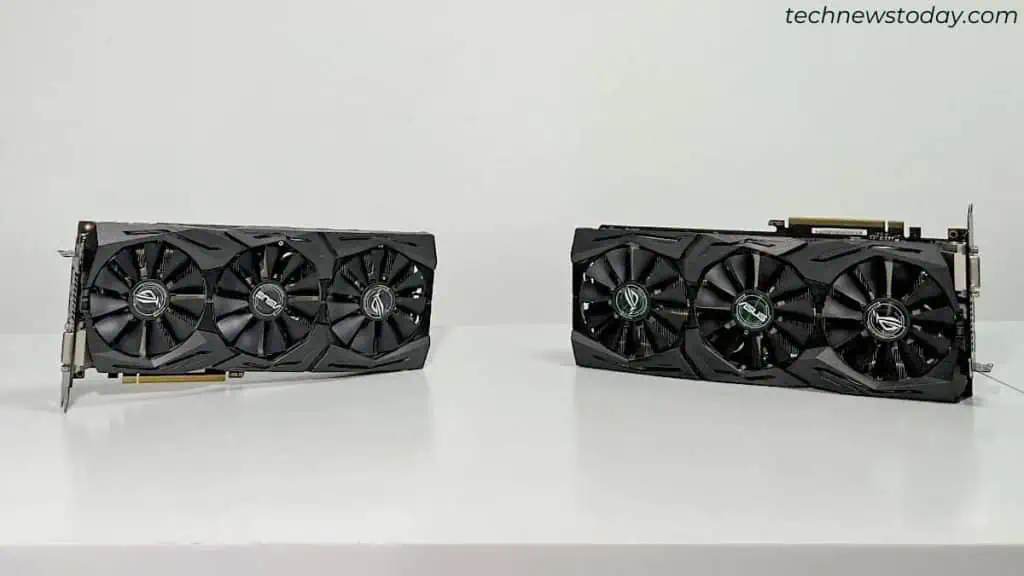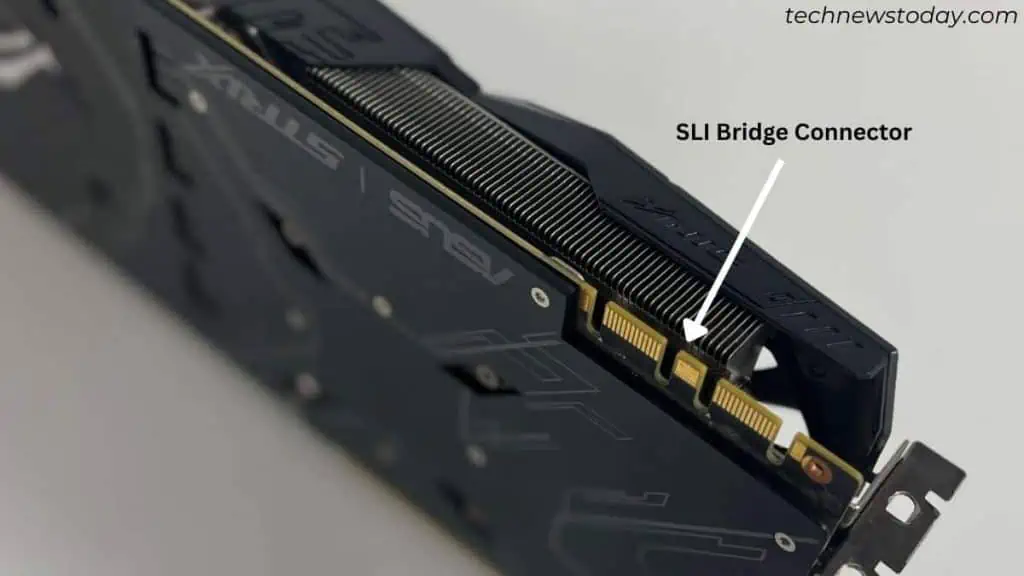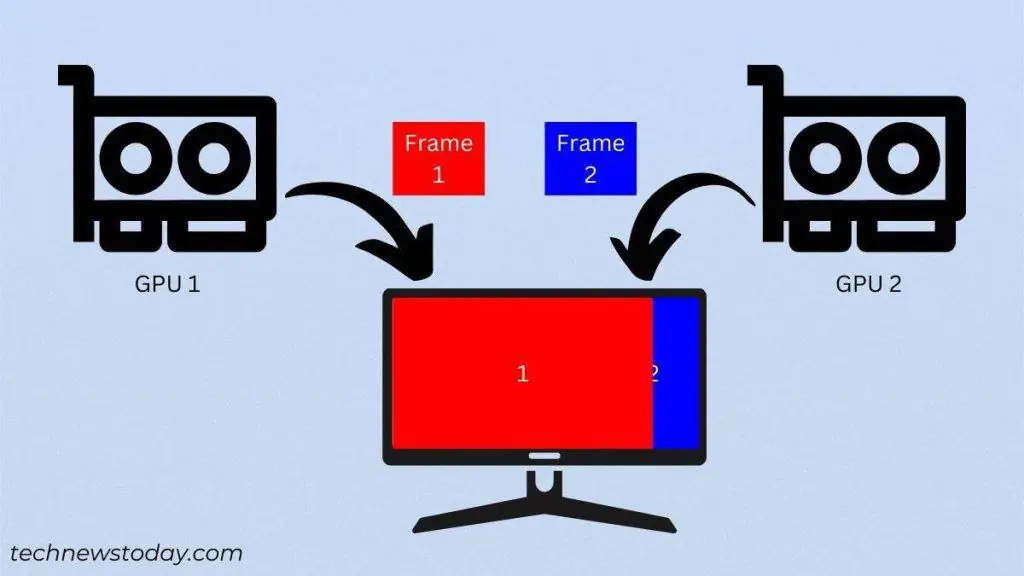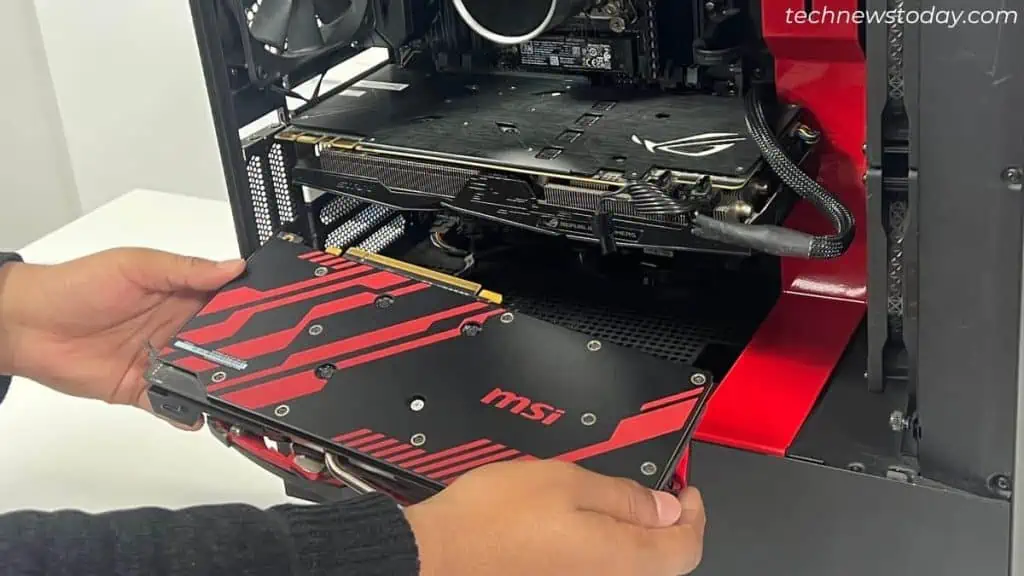Combining multiple graphics cards tosplit the workloadandimprove performancesounds good on paper. In reality,multi-GPU builds in gaming are long gone.
The traditional SLI, NVLink, and Crossfire technologies didboost the FPSbut theprice-to-performance ratiowasn’t satisfactory enough.
Along came the issue ofmicro stuttering,heat management, andexcessive power requirement. So, most gamers switched back to a single GPU build, and the technologies were discontinued.

But computers aren’t just for games, are they? Usersinvolved in heavy workloads, likemining,3D rendering,complex simulations, anddeep learningdefinitely benefit from multiple graphics cards!
Let’s discuss this in greater detail.
Why Multi GPU Is No Longer Relevant in Gaming
When multi-GPU was first introduced, it meant combining the task of two or more graphics cards to achievehigher frame ratesin games.

However, things didn’t turn out as planned, and multi GPU for gaming isnearly dead today.
No More SLI/NVLink/Crossfire Support
In older rigs, the motherboard had to be compatible withNVIDIA’s SLIorAMD’s CrossFireto simultaneously utilize two or more graphics cards.
Such technologies are now discontinued on the latest graphics cards for fair reasons and evenmotherboards do not support them.

Both NVIDIA and AMD havestopped providing the relevant driversand you’ll also not find thededicated bridge connector.
A few older cards still support such technologies through newer protocols likeVulkanandDirectX12. However, it’sall up to the game developersto allow mGPU compatibility in their respective games.
You may find a handful of ones, likeRise/Shadow of the Tomb RaiderandAshes of the Singularitythat take advantage of multiple GPUs. But themajority of games aren’t compatible anymore.
